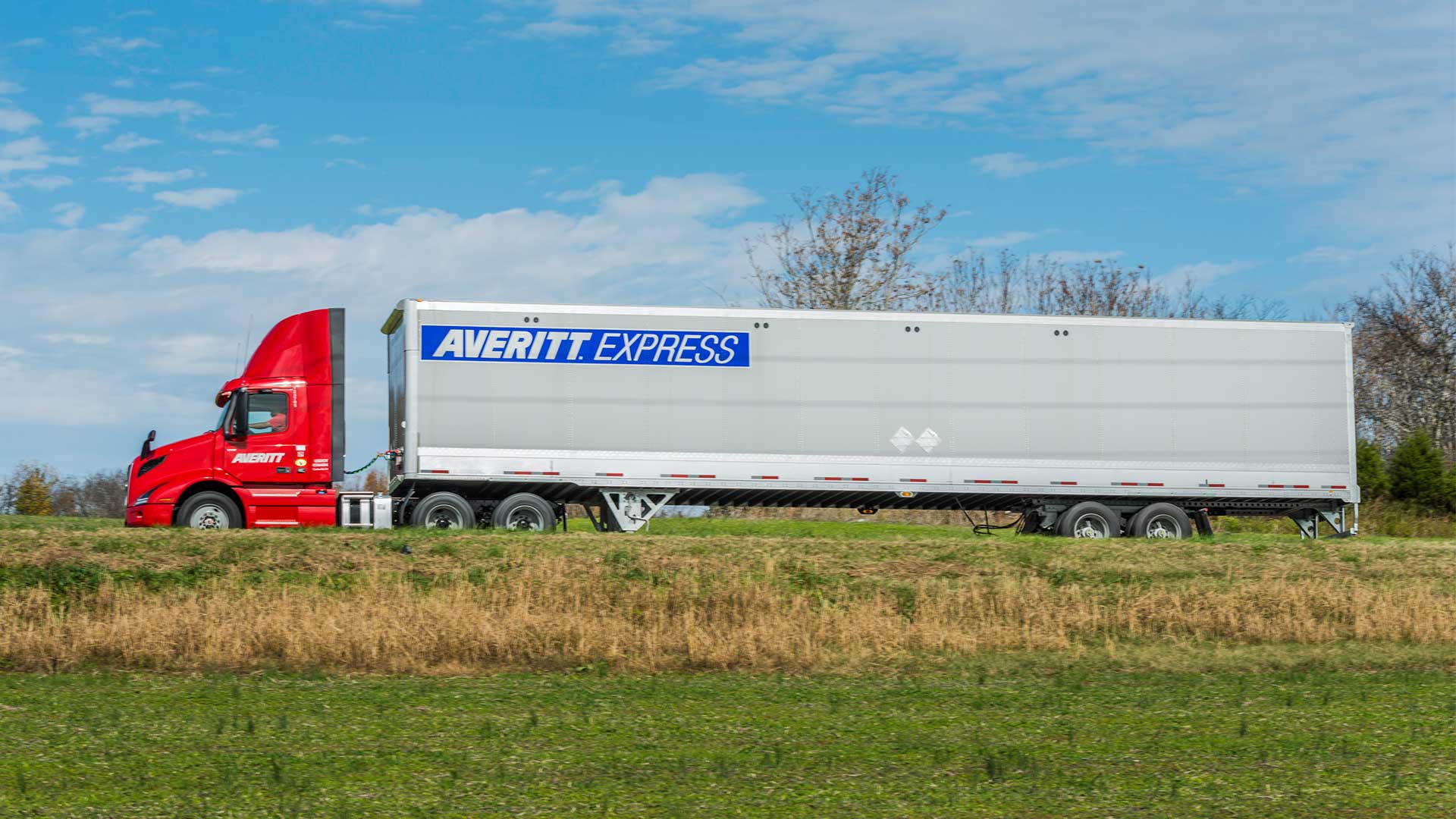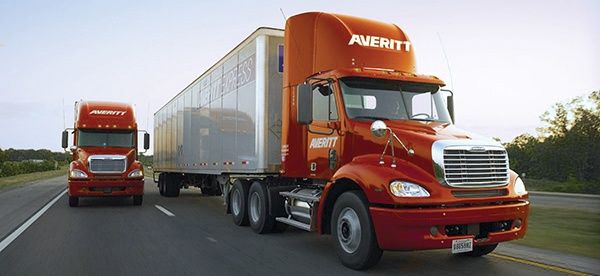
When it comes to U.S. export value, only a handful of other countries can compete against Mexico. In fact, according to the Office of the U.S. Trade Representative, the country ranked second overall in 2013 with a total export value of $226.2 billion. As you can imagine, there is ample opportunity for American businesses to become involved in international trade and cross-border shipping. Securing customers across the border is only the first step though.
Eventually, businesses have to decide how they will transport their goods across the border or how to optimize a preexisting supply chain for Mexican expansion. Most exporters utilize a mixture of American and Mexican carriers that specialize in cross-border less-than-truckload (LTL) and truckload (TL) services, such as Averitt. Additionally, a few situations may even benefit from the use of U.S.-to-Mexico intermodal (rail), air or ocean services.
The actual process of shipping LTL to Mexico, however, may seem daunting. This is especially true for shippers that have little to no background in international shipping or that have had bad experiences with a cross-border shipment.
To help make the process of exporting to Mexico a bit easier, we've put together the following tips:
1. Stay Informed and Flexible
Like all countries, there are many factors that can affect your business and cross-border supply chain when shipping LTL to Mexico. Keep up-to-date on what is trending in regions that your freight is destined for or may travel through.
Economic, environmental and natural disasters and also societal issues can affect shippers. Averitt works closely with cross-border shippers and utilizes a network of professional Mexican LTL companies that can quickly react to sudden events.
2. Only Use Trustworthy Mexican LTL Companies
Nothing is worse than receiving a call from your Mexican consignee asking where their shipment is. You should research Mexican LTL carriers online before you agree to use their services. Averitt, for example, uses a network of thoroughly vetted Mexican carriers that live up to the expectations we hold ourselves to.
3. Verify, Verify, Verify All Information
Make sure that you have all the correct details regarding your Mexican consignees, including name, city, state, and phone number when contacting a carrier. Information about the freight must also be verifiable upon cross-border checks. Without proper identification of freight classes and other details, authorities may deny entry or even confiscate items.
Additionally, make sure that freight is legal to transport across the border. Just a few of the items that are prohibited from being imported into Mexico, include:
- Gambling devices (slot machines, etc.)
- Precious metals and stones
- Antiques
- Perishable goods
4. Have All Your Mexico Shipping Documents Prepared
As is the case in the U.S., LTL shipments to Mexico will also require a bill of lading (BOL). If a customer is importing a shipment from Mexico, they are required to have a Mexican BOL and a commercial invoice. In some cases, a certificate of origin document is required. Our cross-border team of transportation specialists can help customers identify which documents they need. Additionally, customers can access free downloadable versions of cross-border shipping documents from our website.
5. Consolidate The Cross-Border Freight Shipping Process
Find a company that can do all of the planning and heavy lifting for you. There are many carriers on both sides of the border that simply won't come close to meeting your expectations. Make sure that your service provider has complete oversight of shipments on both sides of the border. When Averitt works with cross-border shipments, we manage the entire process and keep track of the freight from door-to-door.








